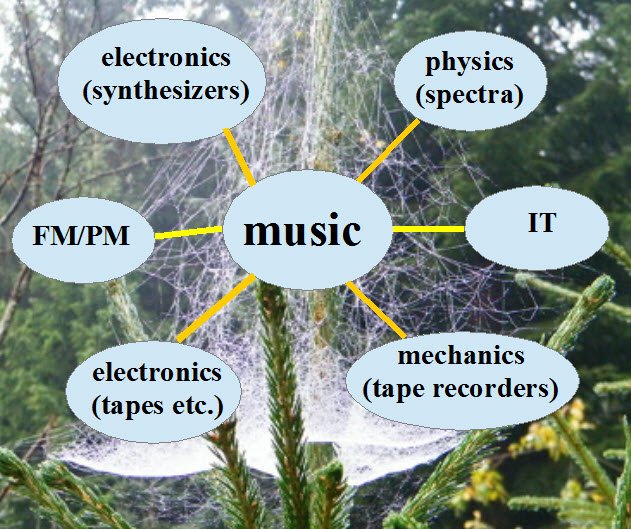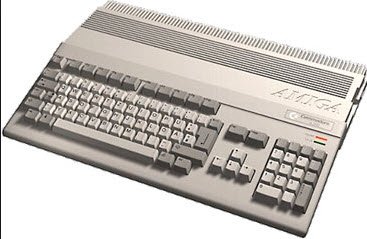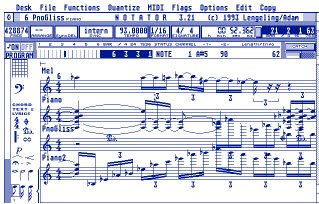The “WHYs” and the “HOWs” of Sound and (Electronic) Sound Design
“Proving that Understanding Sound is a Renaissance Art”
Part 2: Sound goes Digital
It all started with Yamaha´s double strike: The release of the first version of the famous DX7 in 1983 and the release of a Yamaha music computer, the CX5M. I urgently wanted an easier way to compose/produce – if you have read the first part you can imagine why – and bought the CX5M first.

And two new fields of knowledge had appeared in my studio: digital sound engines (here FM/PM) and computer technology, IT. To use the new possibilities in a professional way it needed some more learning – again.
Time to update our spiderweb therefore:

When I said: “It started with Yamaha´s double strike” I was not completely right, because one year earlier in late 1982 something else had happened. Something, that would influence the world of producing music up to now: the MIDI standard was invented! And with that the necessity to learn something about transferring data, about how computers and other devices communicate.
Next update of the spiderweb!

And as the CX5M was equipped with MIDI I could think of a more comfortable and more powerful sequencer/tracker and using the CX5M only as a synth.
There were two main products available: the commodore Amiga computer with adequate software and the Atari 1040 ST with a software package called Creator/Notator (which could be called the grand-grandfather of Apple´s Logic software).

I decided to buy the Atari-Notator bundle, updated my studio with a keyboardless rack version of the DX7 (MIDI made it possible to use synths without keys of their own) and produced my music in uncomparably better technical quality and in a fraction of the time I had needed before.



Everything went fine then. I consecutively added synth module after synth module, my studio got filled, my music got more and more colourful. I was quite happy with everything.

Had I only known about the problems I would be running into!
But let me leave this for part 3.
Have a great and good time! Enjoy whatever you are doing!
Rolf
Sold my first beat today so I'm also following this! :D
Super pumped to be in this space with you
Congratulations! Enjoy it! And welcome on board! Have a great time! Rolf
Really hard to understand.